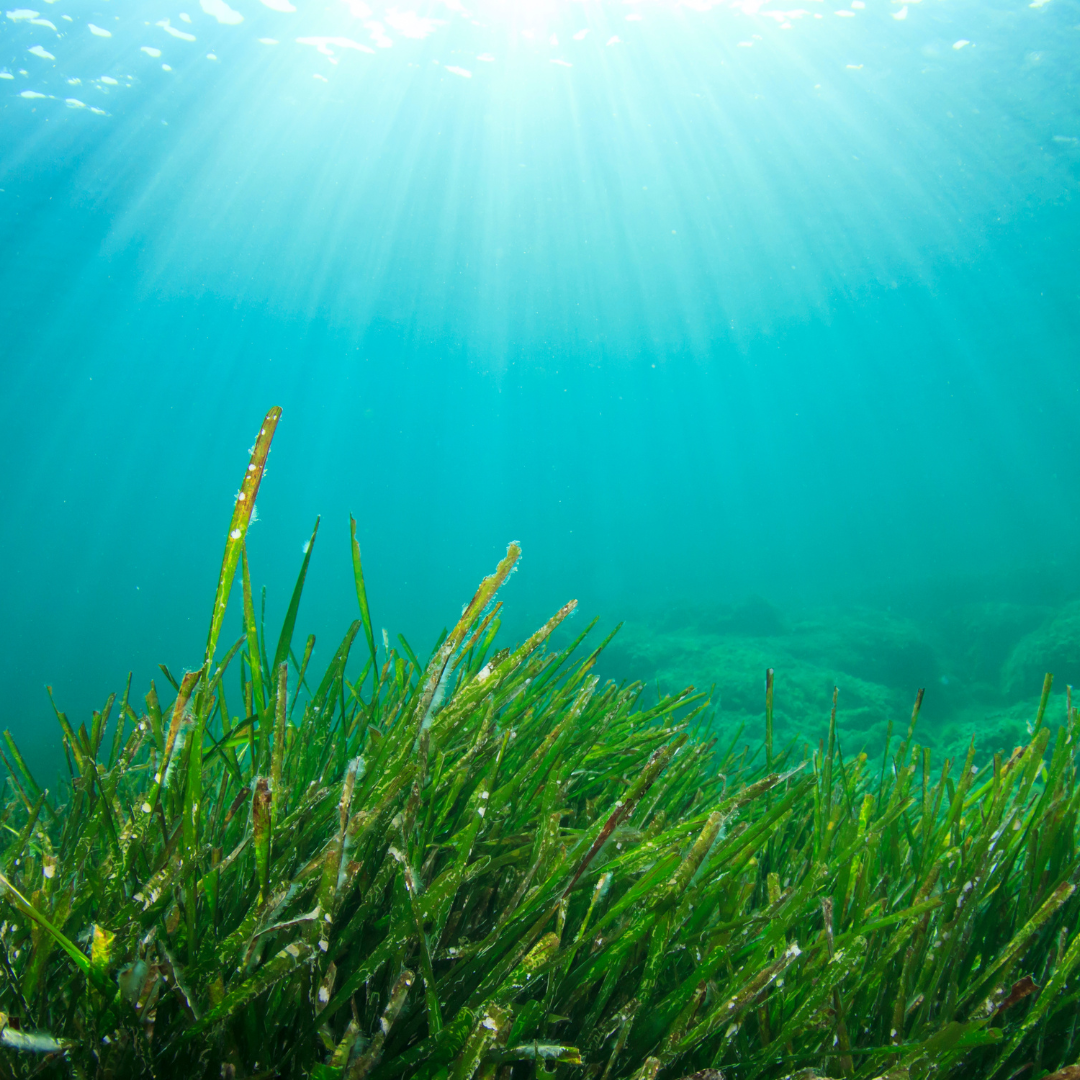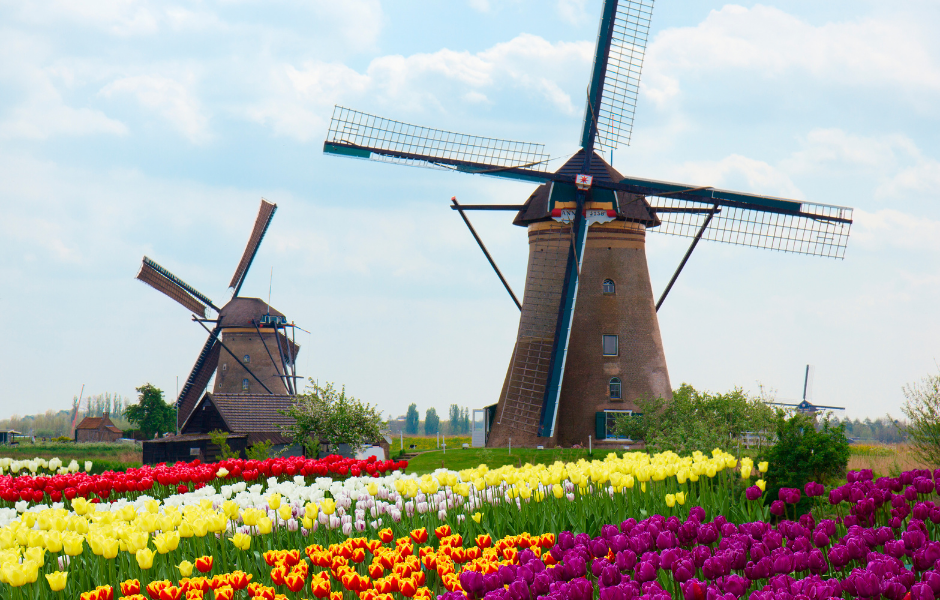
This children’s article, How seaweed farms could help cool the planet, has been written for native English speakers and learners of English as a second or foreign language. It can help children practise reading and comprehension, learn useful vocabulary, and explore a new climate solution involving ocean farming. Written by Sinead O’Carroll, an experienced English teacher and writer.
A forest growing under the waves
Seaweed may look simple, yet it creates wonderful underwater forests. These forests sway gently with the currents and provide shelter for crabs, fish, and other tiny sea creatures that hide among the long leaves. Seaweed grows quickly, spreads easily, and does not need soil or freshwater.
There are thousands of seaweed species across the world. Some are as thin as ribbons. Some spread out like underwater bushes. Some even grow taller than most people. These plants help make oxygen through photosynthesis, so they support life both above and below the water.
The surprising power of seaweed
Recent research suggests that seaweed farming could remove large amounts of carbon dioxide from the atmosphere. Carbon dioxide, often called CO₂, is a greenhouse gas that traps heat around the planet. Reducing it is one of the most important steps in slowing climate change.
Scientists discovered that seaweed stores carbon as it grows. When parts of the plant break off, some pieces drift into the deep sea. The carbon inside them sinks with them, which means it stays away from the atmosphere for a very long time. This natural process could make seaweed a useful tool in the fight against global warming.
Another possible way to reduce our impact on the planet is the transition to renewable energy. Here’s an article about turning wind into energy.
How a seaweed farm works
A seaweed farm is a simple idea with clever results. Farmers place long ropes or nets in the water. Young seaweed is tied onto them, and the plants grow as sunlight filters through the waves. The seaweed can be harvested several times a year once it becomes large enough.
Seaweed farms do not need land or fertiliser. They do not take up space that could be used for other crops. Some countries already use seaweed farms to produce food, natural fertiliser, and even materials that can replace plastics.
Why seaweed could help the planet
Seaweed grows much faster than many land plants, which means it captures carbon quickly. These qualities have made scientists wonder whether seaweed farms could become a large-scale climate solution.
Researchers are still studying this idea. They want to understand how farms affect ocean animals, fishing communities, and important coastal ecosystems. Careful planning is needed so that seaweed farms help the planet without creating new problems.
To learn more about how seaweed might help climate change, read – Groundbreaking Research Confirms Seaweed Farming’s Potential as a Blue Carbon Solution.

Article vocabulary list
- Seaweed: A type of algae that grows in the sea.
- Climate change: Long-term changes in Earth’s temperature and weather patterns.
- Carbon dioxide: A gas that traps heat in the atmosphere.
- Greenhouse gas: A gas that warms the planet by holding heat in the air.
- Photosynthesis: The process plants use to make food using sunlight.
- Ecosystem: A community of living things and their environment.
- Harvest: To collect a crop when it is ready.
- Global warming: The rise in Earth’s temperature caused by greenhouse gases.
- Research: A careful study that discovers new information.
- Carbon: A chemical element found in all living things.
Comprehension questions
Just click the plus (+) to see the answer
1. What type of organism is seaweed?
a) A fish
b) A type of algae
c) A kind of coral
Answer: b) A type of algae
2. Why is carbon dioxide mentioned in the article?
a) It creates storms
b) It makes seaweed grow faster
c) It traps heat in the atmosphere
Answer: c) It traps heat in the atmosphere
3. Where does some carbon go when seaweed sinks?
a) Into deep sea waters
b) Into the sky
c) Into the shells of sea creatures
Answer: a) Into deep sea waters
4. What do farmers use to grow seaweed?
a) Underwater robots
b) Ropes or nets
c) Floating buildings
Answer: b) Ropes or nets
5. Why are scientists interested in seaweed farms?
a) They take up very little land
b) They produce bright colours
c) They capture carbon quickly
Answer: c) They capture carbon quickly
6. What do researchers still need to study?
a) How seaweed tastes
b) How seaweed farms affect oceans and communities
c) How tall seaweed can grow
Answer: b) How seaweed farms affect oceans and communities
Sinead is a writer and EFL teacher with eight years’ experience. She’s a native English speaker who loves making news stories fun and easy to understand for children around the world. Her passions include travel, animals, and helping to make the world a kinder, more sustainable place.




